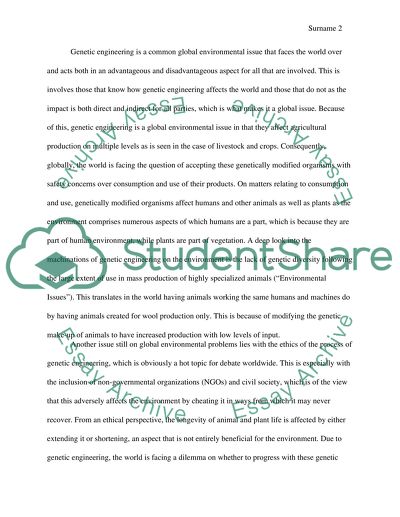Cite this document
(“Global issues: Protecting the Environment - The Role of the Research Paper”, n.d.)
Retrieved from https://studentshare.org/environmental-studies/1481954-global-issues-protecting-the-environment-the-role
Retrieved from https://studentshare.org/environmental-studies/1481954-global-issues-protecting-the-environment-the-role
(Global Issues: Protecting the Environment - The Role of the Research Paper)
https://studentshare.org/environmental-studies/1481954-global-issues-protecting-the-environment-the-role.
https://studentshare.org/environmental-studies/1481954-global-issues-protecting-the-environment-the-role.
“Global Issues: Protecting the Environment - The Role of the Research Paper”, n.d. https://studentshare.org/environmental-studies/1481954-global-issues-protecting-the-environment-the-role.


